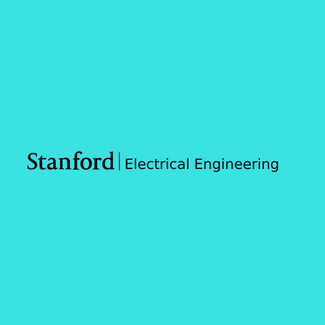
Who Gets to Discover the Unknown - The Rubin LSST Ecosystem and the Future on the Cosmic Frontier
Hewlett 201
Abstract: Large-scale cosmic surveys have measured the expansion rate of the universe as a function of time and found strong evidence that the rate is accelerating. Our knowledge of fundamental physics might be greatly enhanced by understanding the microscopic origin of this acceleration and the impact of the fundamental constituents of the universe on its evolution. The Rubin Observatory's Legacy Survey of Space and Time (LSST) is a cosmic survey that, over the course of a decade, will deliver the deepest, widest view of the optical-NIR universe ever. This will allow determination of different tracers of cosmic evolution to unprecedented precision. It will also create an inventory of our Solar System, map the Milky Way, and discover new phenomena - optical transients - which herald previously unknown phenomena.
This talk will explain the ways that the LSST Discovery Alliance (LSST-DA) - a non-profit coalition of member institutions dedicated to enabling LSST science through support of those doing that science - is designing its programs to help you do science with Rubin LSST. LSST-DA will also advocate for inclusive access to scientific data and create inclusive excellence for cosmology and astrophysics.